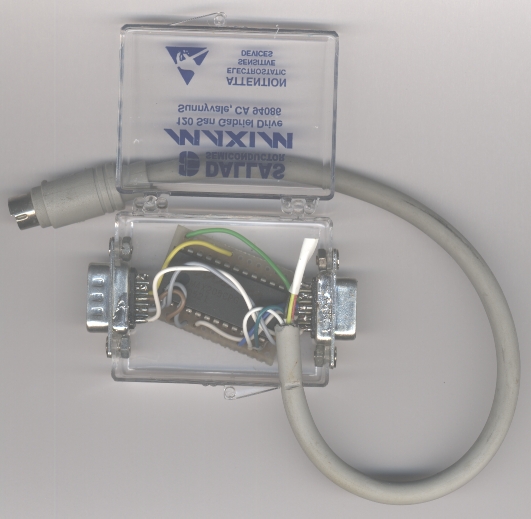April 2006 Archives
Sun Apr 30 08:38:15 CEST 2006
Website will move soon
According to this (unofficial) news message my current provider (Easynet) stops with providing its services to non-business customers.
This means that the URL of my webpage (and also this weblog) will change soon. Also my E-mail address will change.
I can understand the decission of Easynet Belgium to focus only on "Business and corporate" customers. But doing this without any official communication is IMHO just bad practice!
Keywords for google: Jan Wagemakers, website, new location, change, new URL, move, moved
This means that the URL of my webpage (and also this weblog) will change soon. Also my E-mail address will change.
I can understand the decission of Easynet Belgium to focus only on "Business and corporate" customers. But doing this without any official communication is IMHO just bad practice!

Keywords for google: Jan Wagemakers, website, new location, change, new URL, move, moved
Sat Apr 15 18:52:29 CEST 2006
Serial port power booster hack
At this link you can read how I have build the serial port power booster and tested it with picprog on an old laptop. It works at 600Mhz but not at 750Mhz.
Maarten Blomme has hacked a little-bit on the delay-routines in picprog. With this hack I can also use the serial port power booster on the laptop at 750Mhz.
You can find Maarten's hack here.
Maarten Blomme has hacked a little-bit on the delay-routines in picprog. With this hack I can also use the serial port power booster on the laptop at 750Mhz.
You can find Maarten's hack here.
Sat Apr 1 13:24:44 CEST 2006
Serial Port Power Booster
A JDM-style programmer is a nice and simple hardware design to program a PIC microcontroller.
However, it doesn't work with all serial ports because the voltage of those ports is too low. I have heard that a lot of serial ports found on laptops have this problem.
At http://www.qsl.net/eb4eqa/serial_booster/serial_booster.htm you can find a nice little schematic where a +5V-powered MAX205 is used to power up the voltage of a serial port.
I have build this schematic and tested it with an old laptop, my home-build pic-programmer and picprog. It does work, but only when I run at 600Mhz. At 750Mhz I get verify-errors, maybe because I have not shielded the device enough and because the cable of my pic-programmer is a little-bit long.
I have taken the +5V from the PS/2-keyboard.
Here is a picture of it:
 .
.
However, it doesn't work with all serial ports because the voltage of those ports is too low. I have heard that a lot of serial ports found on laptops have this problem.
At http://www.qsl.net/eb4eqa/serial_booster/serial_booster.htm you can find a nice little schematic where a +5V-powered MAX205 is used to power up the voltage of a serial port.
I have build this schematic and tested it with an old laptop, my home-build pic-programmer and picprog. It does work, but only when I run at 600Mhz. At 750Mhz I get verify-errors, maybe because I have not shielded the device enough and because the cable of my pic-programmer is a little-bit long.
I have taken the +5V from the PS/2-keyboard.
Here is a picture of it:
 .
.